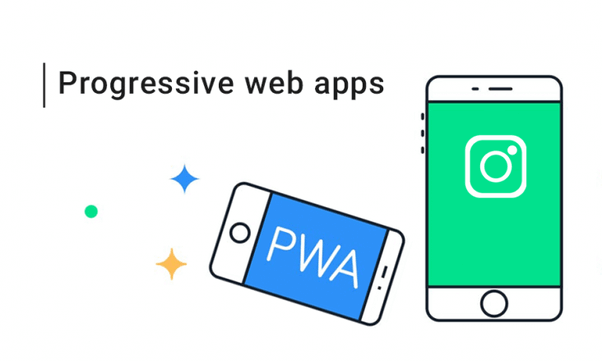Progressive Web Apps – Five Key Features of Native Apps
Table of Contents
Progressive web apps (PWA), also known as “applets”, allow web pages to behave more like native applications. Instead of using a web browser, a PWA can be used as an embedded application on compatible mobile devices. PWA apps are quick and easy to load, and can easily be dismissed so that users don’t waste their time navigating through a complicated home screen.
Progressive web apps (PWA) offer many advantages to mobile users.
Native applications, like a mobile version of a Wikipedia or YouTube app, provide the same information and functionality on a mobile device as they do on a desktop computer. As a result, users can spend more time enjoying the information and functionality of the web site rather than trying to use the home screen to navigate to the next tab or menu.
progressive web app (PWA) is the set of mobile web application development techniques that entails building apps that feel and look like native ones. Using a web stack (JS, HTML, and CSS), progressive web apps combine a rich functionality and smooth user experience associated with native apps. Simply put, PWA is the web app with the native-app flavor: After the installation, a user clicks on its icon on a device home screen and gets straight to the website.
Instant loading
By improving your site’s performance, your users are more likely to engage with your content and spend more time on your site. A Progressive Web App that loads fast means better retention and conversion rates.
A typical load time for a Progressive Web app is less than 100ms, which is about half the time it takes to load in a traditional web browser.
Add to Home Screen
When users visit a mobile website that works as a Progressive Web App, they have the choice to add it to their home screen. This helps them save the PWA for instant access and start using it regularly.
Progressive Web Apps launched from the home screen will appear in the task switcher separate from the browser. Users will not see an URL within the PWA, nor will they find traditional browser actions such as bookmarking and navigation controls.
Connectivity independence
Progressive web applications can work both offline and on low-quality networks.
App-like interface.
These apps mimic navigation and interactions of native apps.
Push notifications
If used as a part of a good messaging strategy, push notifications can keep customers interested, motivating them to open and use an app more.
Self-updates
Able to update themselves automatically, apps stay fresh.
Safety
These apps are served through HTTPS, so unauthorized users can’t access their content.
Another benefit of progressive websites is that they provide users with a seamless, content-rich browsing experience, without the frustration often experienced when using a typical web browser.
This is another benefit that comes from using native apps. When someone loads up a site that requires their attention, they can simply swipe their finger across the screen to perform different functions. However, when using native apps, users must touch the screen to bring up certain items and wait for them to load. With progressive web apps, the user can tap on an item to load it, or they can flick their finger over to add to the content.
